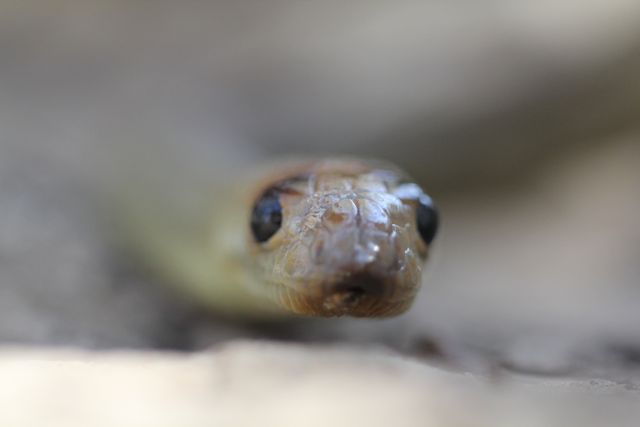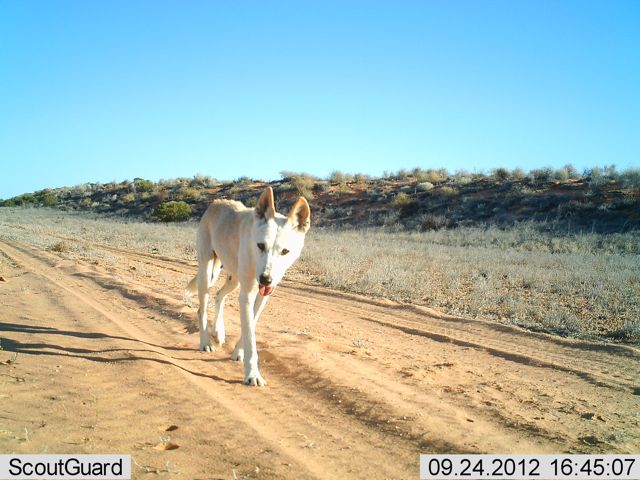As per the prior posts – After a bit of thinking how I could best stimulate some creative thinking around biodiversity and conservation that would suit the scientific team, I alighted on asking everyone to engage in an opportunistic ‘cultural survey’ using a format I designed as we workd through our scientific surveys in the desert sites each day .. playfully paralleling the\at survey work we were all doing together – it was really great that I ultimately got a series of ‘results’ and ‘evidence’ from everyone over the next few days as ppl thought it through and filled in ideas in the down times – and many of the responses were amazing and considered – in some cases several pages of thinking, and people provided drawings, photos, ideas, quotes, songs, samples (e.g. simple but clear ideas such a vial of sand (in an empty DNA container) , an ’empty’ bird survey etc).
One lunchtime we then got back together to discuss and share our ideas – and I gave a bit of reflective analysis of what I saw coming out of the team’s ideas (as you would imagine there was a lot of synergistic thinking around the problems – but naturally we are all searching for new and better ways to deal with the cultural issues of ‘raising awareness’ generally – that we all recognised underpins long time strategies – a simple expression that when analysed becomes a minefield of human psychology, habits and perceptions – as we all well know :
For me, and I think the team judging by their responses: the AWCs programs and vision represents the ability to imagine (or is it re-imagine) a different set of human – biological relations over the long time – but we all agreed that over that long time we need to bring human culture with us somehow – so that what the AWC and others are doing right now, today, becomes a recognised essential part of what we do as a society. (a kind of ‘common sense if you will). Several people said they enjoyed the chance to think more about the deeper ‘whys’ of heir work too – which was really great. This is the kind of art-science synergy Ive been searching for – and now sits as a beginning of a series of more detailed dialogues which I will now conduct with each of the respondents – a place where I can ask the scientists to be creatives within their own contexts – and then draw them out beyond – to make the synthesis across board rather than simply my interpretation or their statement.
And then I spoke about how I hoped to use the materials – or inspirations arising from them in future works in MIldura, Sydney and Melbourne and hopefully beyond. I also explained I was doing a conference presentation in Beijing next month about my experiences so far : alongside showing the earlier work ‘Finitude(Mallee:Time)) – in Chinese mega-show style the exhibition (And related academic conference) event has about 200 artists and scientists taking part – its called “Information, Ecology, Wisdom” : The 3rd Art and Science International Exhibition and Symposium, Beijing, China at the National Museum of Science and Technology. Nov1-30th 2012 .
I think that the processes we shared also gave some of the scientists and vollies (all of whom were very high calibre (eg an ex leader of the Antarctic program at Macquarie Island and with a wealth of knowledge) a chance to think laterally about the biodiversity crisis and ways in which we might all think of engaging public perception and culture. Whilst there was some hesitations initially about the different ways of phrasing questions in the creative research process, everyone got it really well!

Embedded field ecology aint all sunshine 🙂 - not a job for the 'hands off' artist in 40 degree heat!
Back in ADL now en route to Brisbane.. Twas a brilliant trip at AWC Kalamurina – long days – lots of holes dug! Great people – brilliant skies – and finally, after a billion long haired rats had filled our traps – the single Mulgara of the trip appeared in our trap 1 on the last morning of the last day! Keith B (K1), our nortmally reserved group team leader that day was beaming! – and then, to top it, another scientist caught an endangered Woma Python too which i understand is a rare find! – celebrations all round !












